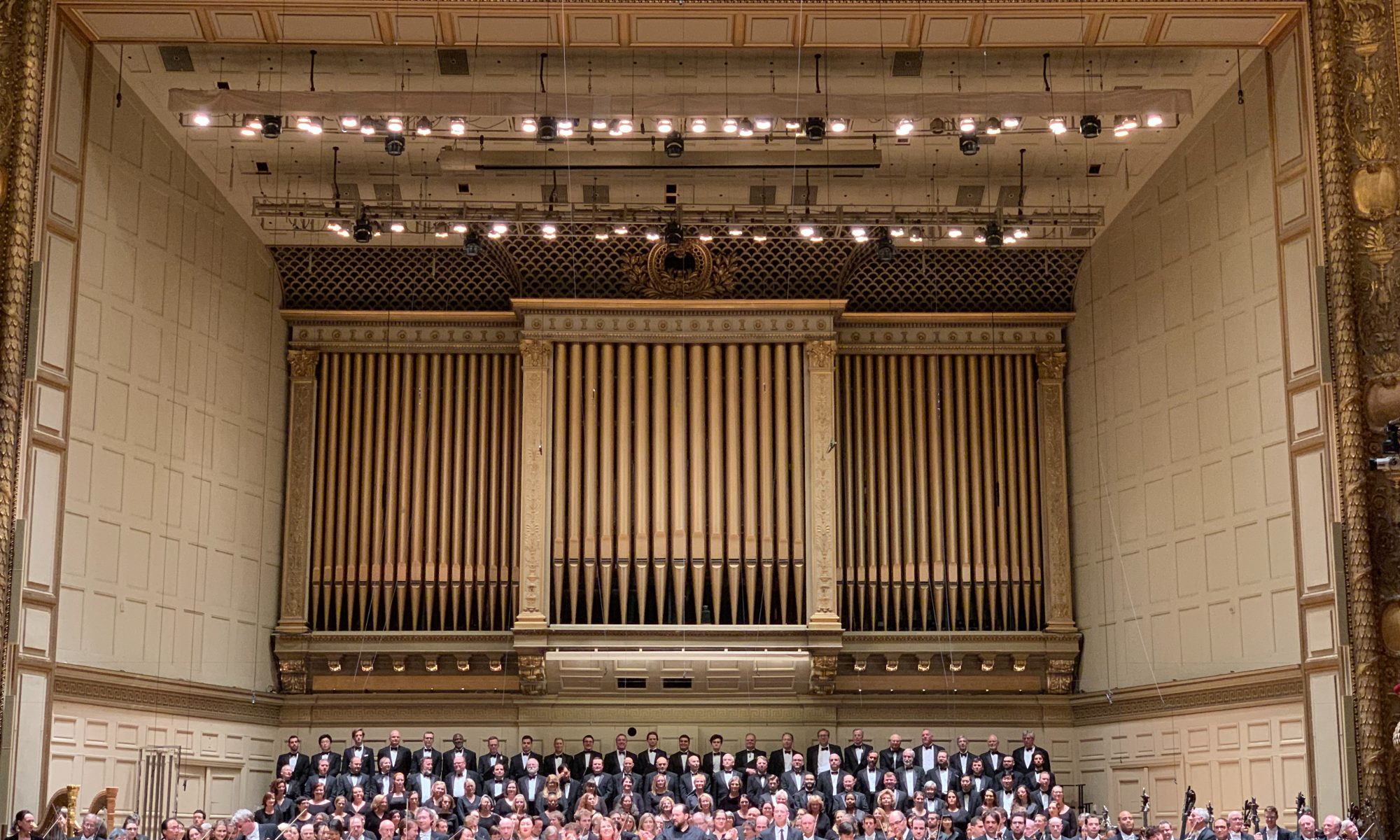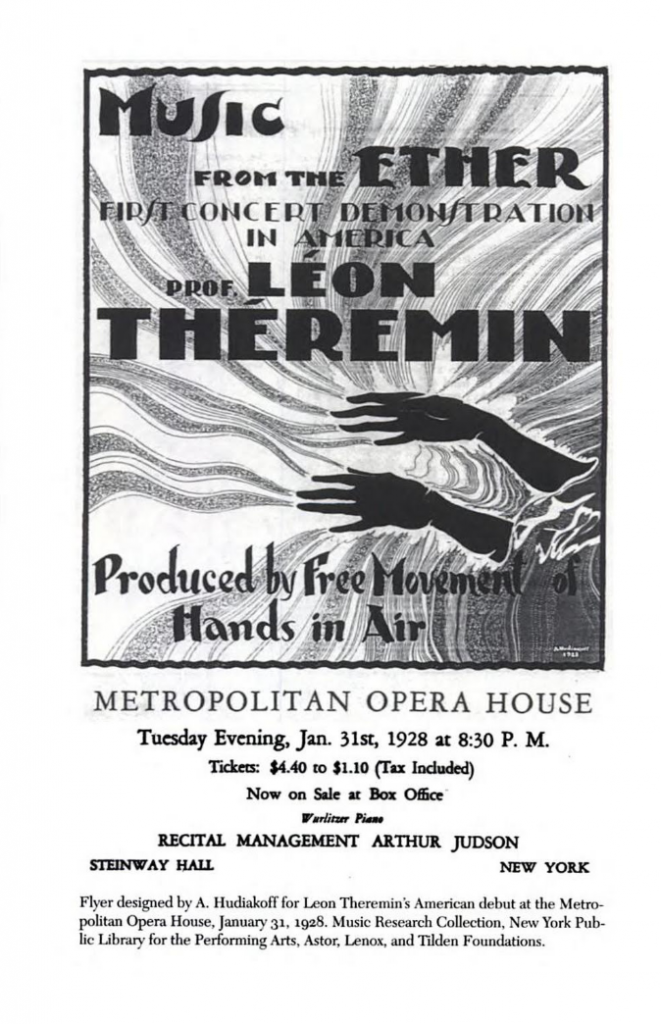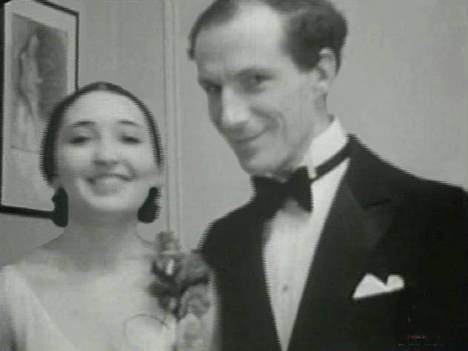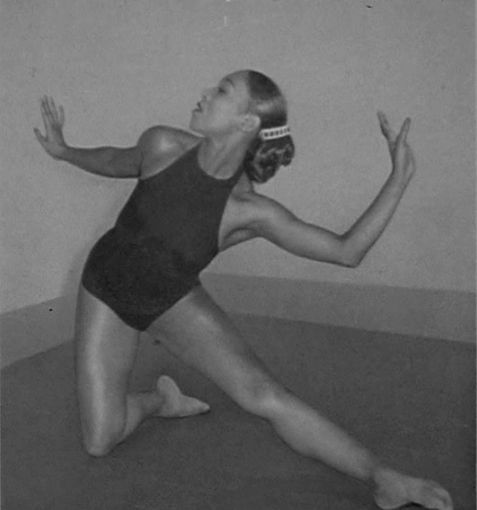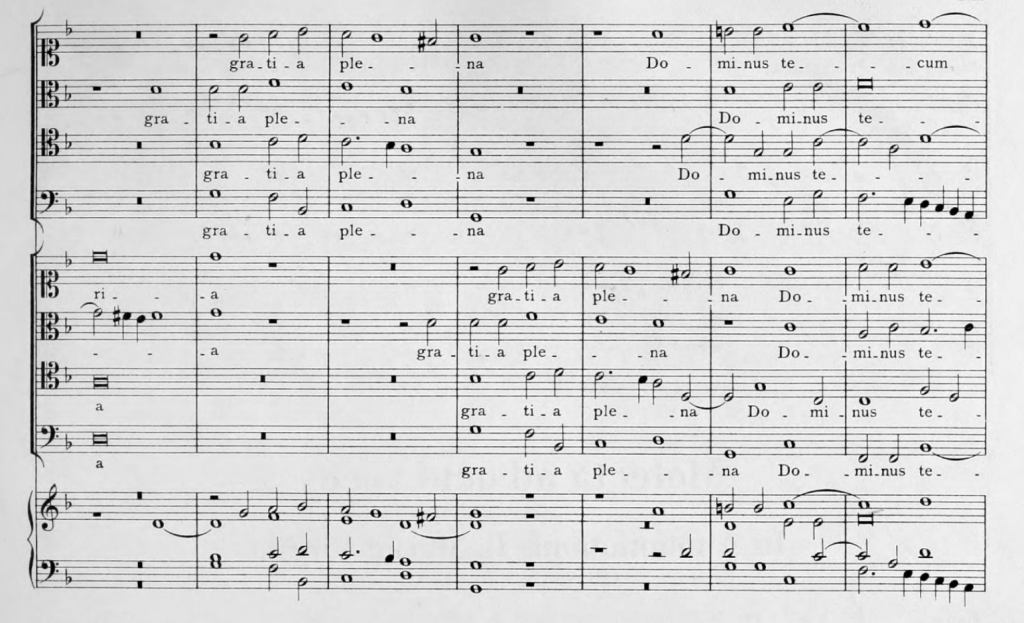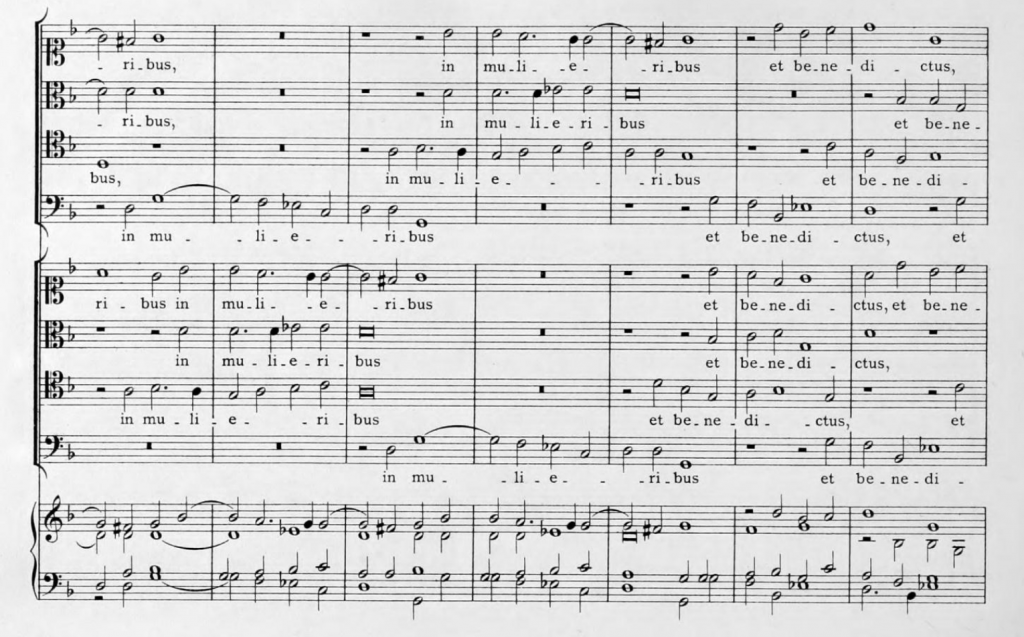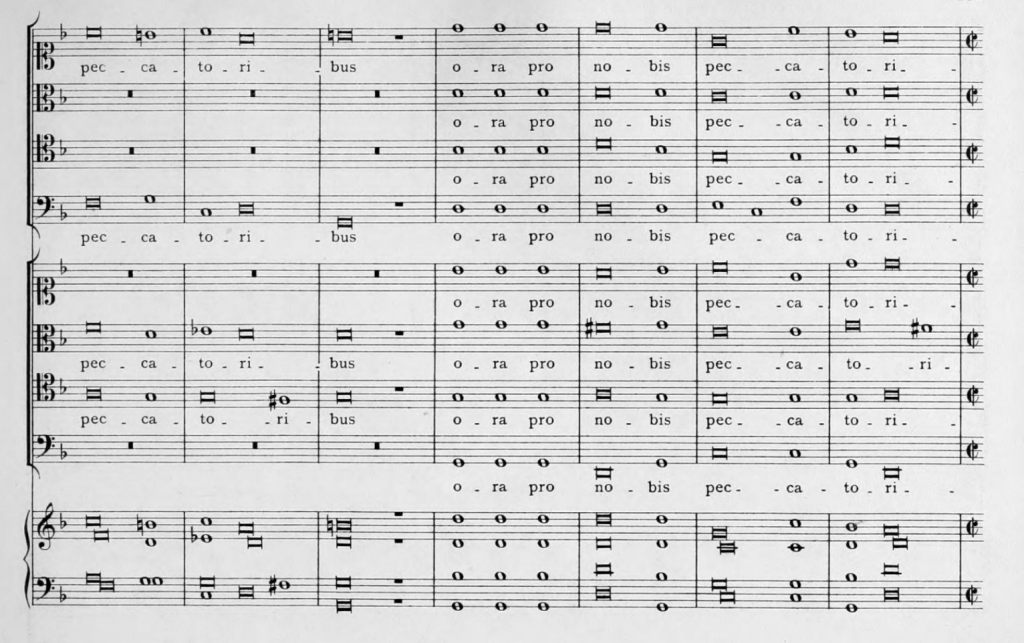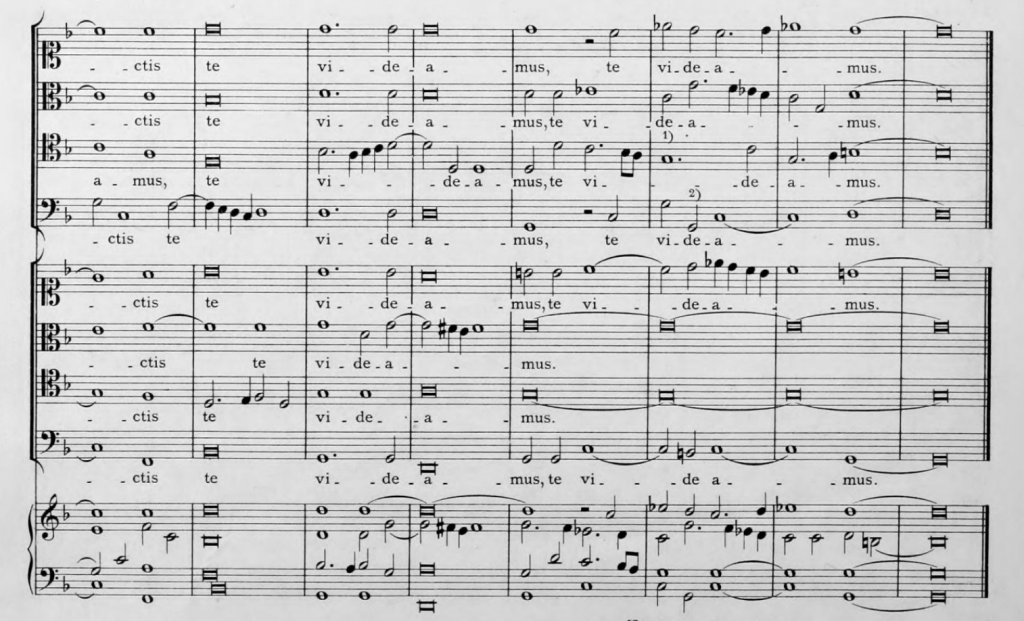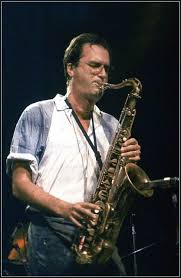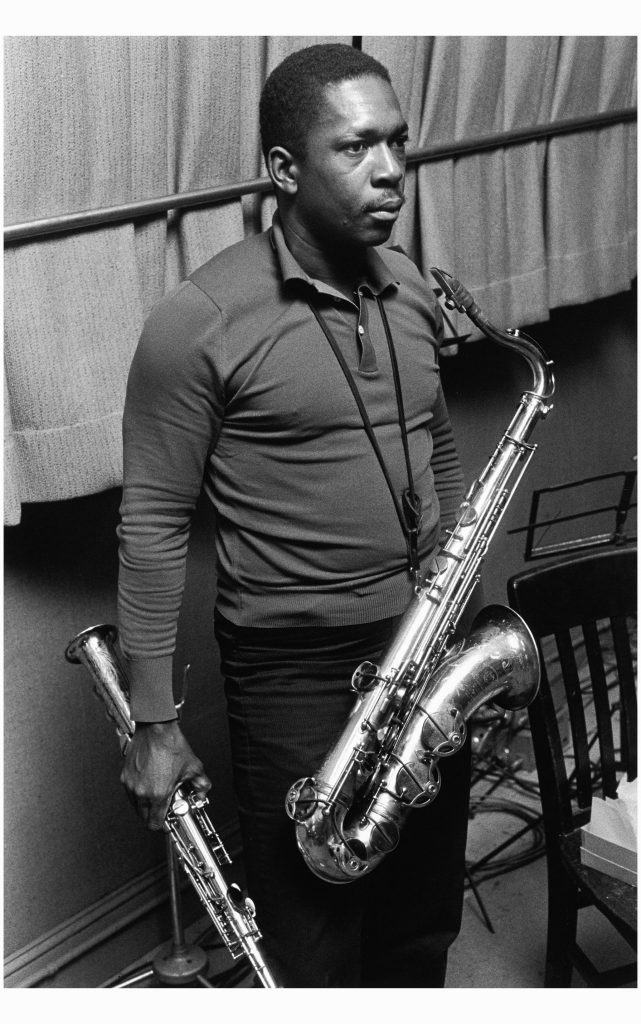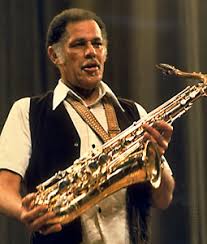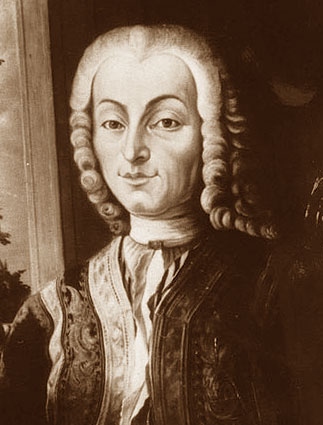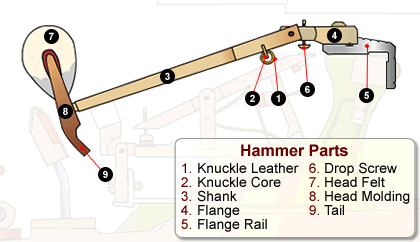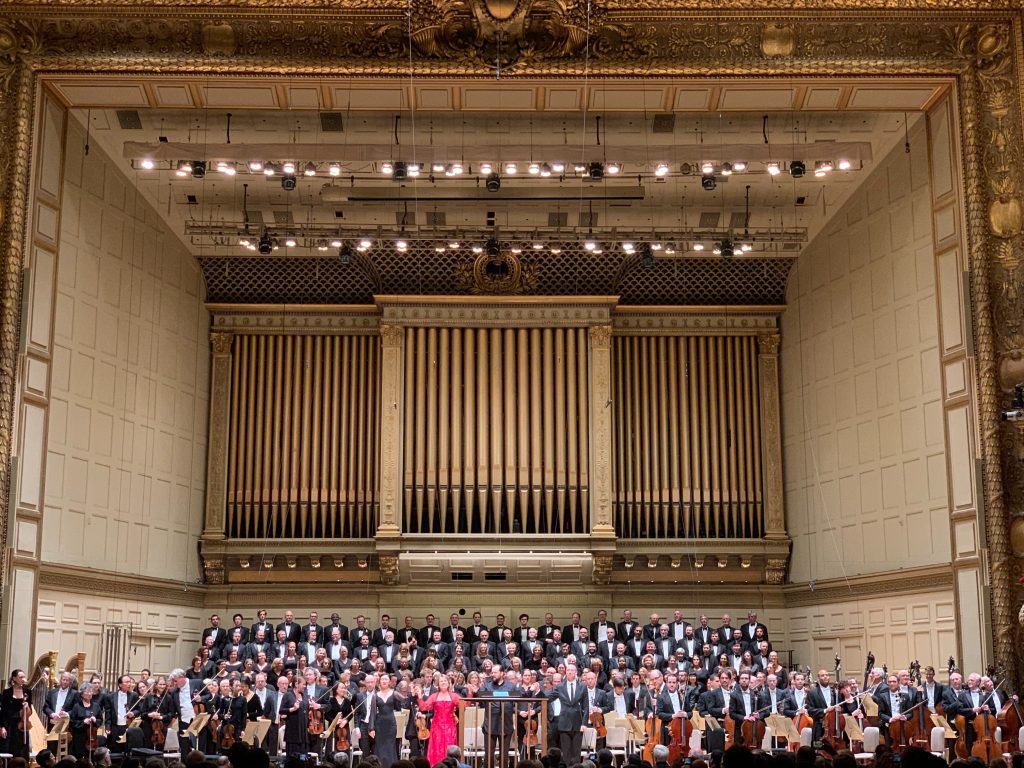
Photo by Francisco Bricio on Unsplash
In grade school, concert dress, attire, etc. usually meant white top and a black bottom. I distinctly remember looking up Youtube tutorials on how to tie a tie (Double Windsor knot for the win) because my Dad didn’t know how, and my brother’s instructions were too confusing for an 8-year old. I also remember standing in dumbstruck awe when I saw that nearly every other boy in the Queensbury Elementary School 3rd Grade Chorus was wearing a clip-on. I had struggled in vain.
We were never really given a good answer as to why concert dress was white and black. “It’s more affordable than a tux” seemed to be the prevailing explanation, but that wasn’t really an answer. Why is concert attire important? Why do most professional orchestras today dress in tuxedos, black suits and dresses, when smaller chamber groups might go for head-to-toe black (my own preferred uniform) or even forego “concert attire” entirely? Why did my High School a cappella group look like a penguin colony?
Where did uniform concert attire originate?
According to the New Penguin Dictionary of Music (a fitting source), concert dress as we know it solidified in the mid-19th century as:
white tie and tails for men
full gowns for women
The New Penguin Dictionary of Music
Orchestral players would wear black, while soloists could be as more “flamboyant.” Notably, this was the evening wear for the upper and middle classes. Musicians, many of whom were just then breaking out of the court servant mold and becoming freelance artists for hire, adopted the dress of the upper class for concertizing. More notably, we in the world of Western “classical music” haven’t made significant changes to concert dress since the mid-19th century. In engaging with this antiquated practice, we are indeed confirming our position at the foot of a tradition 150 years-strong. *
*
Of course, other performance wear practices, such as church choirs wearing robes, have endured even longer than the “white and black” paradigm. But that’s a whole other can of worms.
But is this a good thing?

Photo by Hadi Yazdi on Unsplash
Plenty of practicing musicians today make efforts to “modernize” their performance wear. Choices include foregoing tails and ties, substituting slacks and skirts for floor-length gowns, and even incorporating non-Western elements into one’s outfit.
Of particular importance in today’s cultural landscape is the question of women’s concert dress. “Evening gowns,” while still required by some major institutions, have almost entirely been phased out of professional concert dress in an effort to promote gender equality in the music world.
Upsetting the patriarchy
Historically, the image of women in music has been a hot topic of sorts. Noola Griffiths, a music performance researcher, writes of notions of “appropriate display” that may inhibit women from pursuing (or being allowed to pursue) and succeeding on certain instruments. “[Throughout] 18th century Europe women were excluded from playing instruments that were considered incompatible with notions of bodily decorum and that failed to exhibit ‘a quiet body,’ that is a body not engaged in physical effort … the choice of musical instruments available to women was severely limited” (Griffiths). The fact is, in a field long dominated by the male patriarchy, women still have to contend with what established, white men view as appropriate in order to be taken seriously. This extends to concert dress especially, as the emphasis in institutional choices on the matter generally focus on “modesty” or, worse, “distraction.” We can do better.
Diversity, multi-culturalism and schools
Classical music is fast becoming a different playing field. Though there’s still immense and crucial progress to be made, gender equality in music is a goal within reach. The emergence of gender identity concepts has also blurred the lines between women and men’s obviously gendered concert dress. An increasingly diverse and multicultured industry also creates a need for more inclusive representation in concert dress. All of this is to say that perhaps mid-19th century evening wear etiquette shouldn’t be the rules we play by today.
And then there are considerations of socioeconomic and cultural diversity. The explanation for black and white concert dress received in schools wasn’t totally off topic: it’s cheaper than a tux. Even later on in high school, when I did wear a tuxedo or a suit for gigging and concerts, cost was always an issue. Classical music already has a huge barrier to entry when it comes to cost. This unfortunately goes hand in hand with barriers to entry for certain ethnic or cultural minorities, and it’s a complex issue. Concert dress codes in schools should not be part of the problem.
Re-evaluating concert attire in today’s social context
It’s important to understand the role attire plays in the concert setting. Musicians and performers communicate with audiences not only audibly, but also visually. To quote Griffiths once more:
Concert dress is a valuable visual cue to an individual’s attitudes and through concert dress soloists can confirm or challenge generally accepted roles and statuses in the performance situation.
Noola Griffiths, Music Psychologist, Teesside University
Concert dress is a uniform. Court musicians dressed according to the dress code of the court. When musicians began freelancing more and embedding themselves in the 19th century night life, they dressed to fit their audience, to be at once visible and hidden. Concert dress is designed to allow musicians to blend in with their surroundings, including each other. Today, that generally means black or other neutral colors. This serves the secondary (or perhaps the primary) purpose of drawing the audience’s attention mostly to the music and the soloists, who wear more adventurous colors amid a sea of black because they’re meant to be seen.
[Orchestra] players wear black, because the audience wants to pay attention to the music – not them. Many classical music lovers believe that there should be absolutely nothing to distract from the music, not even the performers themselves
Maddy Shaw Roberts, Classic FM
However, because concert dress is a uniform, many dress codes were designed with only women and men in mind, and with only one body type for each. Trans musicians are often forced to conform to a gender they do not identify with on stage, and musicians of different body types are often forced to wear unflattering clothes. This is, again, applicable to both professionals and to students.
By dividing attire by gender, one is also asking students who identify as one gender but present as another to forgo their presentation in favor of gender-expected clothing. If a student identifies as female but presents as male, what is the purpose of expecting that individual to wear a concert gown? Is there a need to keep the traditional divisions of gender in concert attire?
Stacy Dziuk, NAfME
At the same time, we have to consider the formality of our concert dress. Tuxedos with tails and evening gowns, while outdated, are at least of equal formality. Therefore, it makes little sense for women to wear items like black long-sleeve sweaters or sheer blouses and leggings on stage surrounded by tuxedos. Perhaps this is a sign that tuxedos are “too formal” while current dress codes for women aren’t formal enough, or are too vague to set a standard of formality in the first place. In an impromptu interview conducted with a vocalist at the Eastman School of Music, I was presented with a possible solution:
“Concert dress should be standardized to two or three options of equal formality, each designed to be compatible with a number of body types. That way, there’s no ambiguity as to what one should wear, and people have the choice to dress in a way that fits their concept of themselves without worry.”
Gwyneth Paker, Voice Student, Eastman School of Music
A final point: we should also bear in mind, for the sake of inclusiveness, that classical music and opera don’t have the best public image at the moment. Part of this is a consequence of the fact that classical music is still dominated by white men, and minority representation is going to take a while to improve. But concert dress plays a role here, too. When a child goes to see their local symphony or opera company for the first time, only to see an orchestra dressed in penguin suits and dresses, or yet another presentation of an 18th century opera in period dress, what kind of message does that send? Is our performance practice reinforcing the idea that classical music is irreparably elitist? Can we amend it to mitigate that perception?
References
“concert dress.” The New Penguin Dictionary of Music, Paul Griffiths, Penguin, 1st edition, 2006. Web.
Dziuk, Stacy. “We Are What We Wear: Inclusion and Diversity in Concert Attire: Does your concert dress code welcome all students?” Teaching Music, Oct. 2018, p. 26+. General OneFile, http://link.galegroup.com/apps/doc/A562004496/ITOF?u=nysl_ro_rochstru&sid=ITOF&xid=9fbf2a10.
Griffiths, Noola K. “The Fabric of Performance: Values and Social Practices of Classical Music Expressed through Concert Dress Choice.” Music Performance Research, vol. 4, 2011, pp. 30-48. ProQuest, https://search-proquest-com.ezp.lib.rochester.edu/docview/2082950229?accountid=13567.
Paker, Gwyneth. Personal Interview. 1 February 2019.
Roberts, Maddy Shaw. “Why the heck do musicians always perform in black?” Classic FM, May 2018. https://www.classicfm.com/discover-music/musicians-black-concert-dress/.

